At the end of the 19th Century, France’s “Canon de 75 modèle 1897” represented a breakthrough in modern artillery. During World War I, the rapid-fire French 75 (or “Soixante-Quinze”) was considered the best field gun of the war, and gave Allied armies an edge in battlefield firepower, as artillery became the leading killer in the conflict. The 75mm guns served French, Belgian, and American forces, firing high explosive, shrapnel, and poison gas shells at up to 30 rounds per minute over short periods, and about four rounds per minute for extended bombardments. Their rapid rate of fire also made them effective in the early anti-aircraft role.
After WWI, the French 75 continued in service in many nations, and appeared in several conflicts, including the Polish Soviet War 1919-1921, and the Spanish Civil War 1936-1939. While the Mle 1897 remained a capable weapon, during the 1930s field guns were growing in caliber and mobility. Consequently, many of the original French Mle 1897 guns were modernized to the new Mle 1897/38 standard, featuring pneumatic tires, a sprung suspension, and a large gun shield. At this time the demand for anti-tank guns was growing, and some of the upgraded Mle 1897/38 guns were mounted on a quick-traverse, circular platform that greatly enhanced the weapon’s ability to combat enemy tanks.

Firing solid shot with a muzzle velocity of 1,600 fps, the Mle 1897 was a potent anti-tank gun against German armored vehicles in 1939-40. This was proven in Poland in 1939, with the Polish 75 mm armata wz.1897, and in France during the spring of 1940. The 3,400-pound, nearly five-foot high Mle 1897s were a bit too tall and awkward for anti-tank guns, but their powerful AP shot (up to 1000 meters) made a significant impression on the Germans.
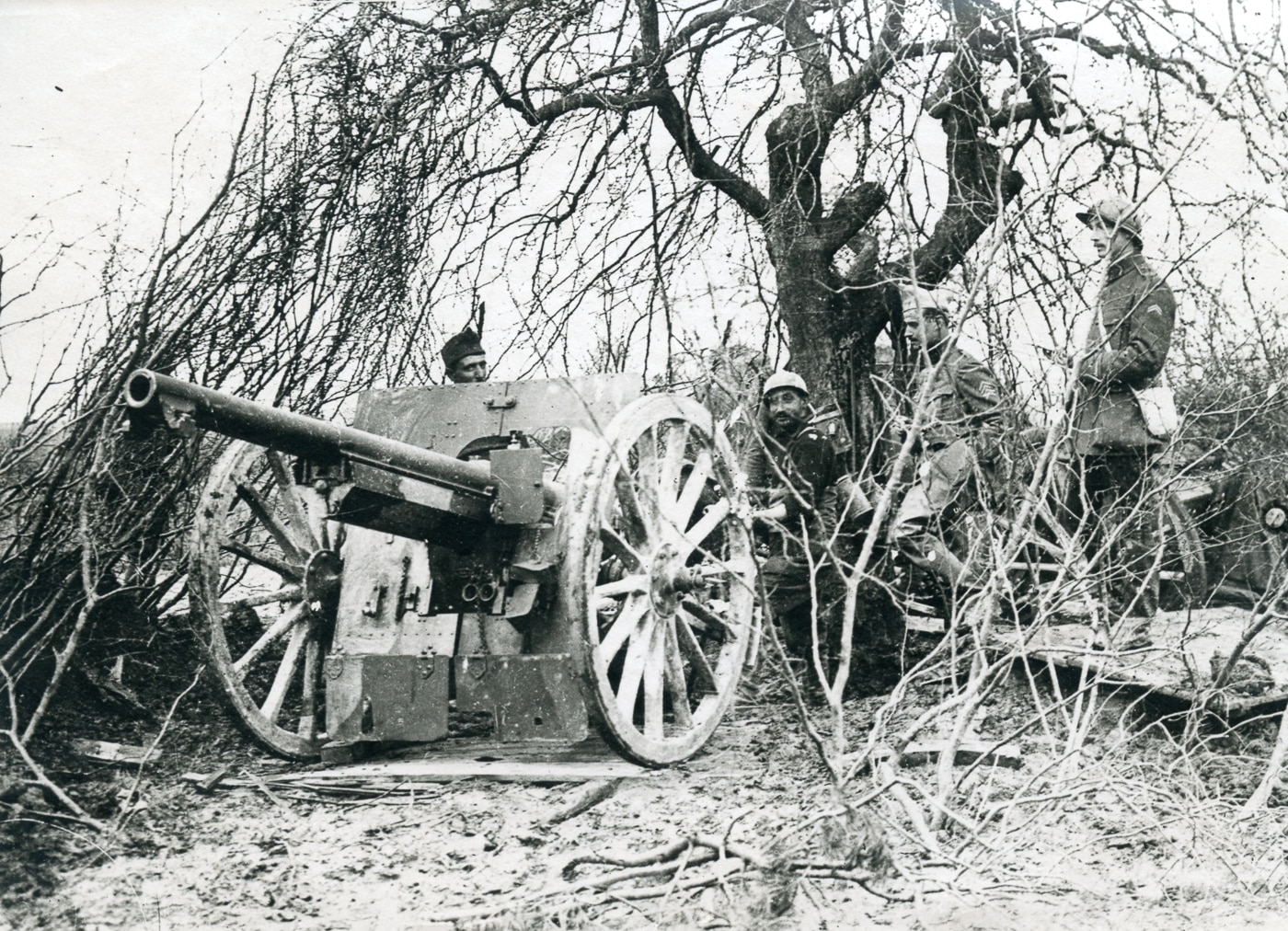
As America watched the first two years of WWII from the sidelines, efforts were made to upgrade US-made M1897A4 guns for anti-tank duty. They were given a split-trail, pneumatic tires, and mounted on the modern M2A2 carriage. The M1897A4 guns provided the armament for America’s first tank destroyers — mounted on the M3 halftrack and designated the M3 Gun Motor Carriage (GMC). The M3 GMCs fought in the Philippines and later in North Africa.
Germany’s Blitzkrieg Windfall
Germany gained more than 800 wz.1897 guns after the Polish surrender in late September 1939. The Wehrmacht added another 2400 M1897 guns when France fell in June 1940. Originally intended for use as fortification guns or as training tools, the Germans would soon need their captured 75mm guns on the battlefields of the Russian front.

It is hard to exaggerate the impact that the Soviet T-34 (medium) and KV-1 (heavy) tanks had on the Wehrmacht in 1941. Their appearance on the battlefield instantly made Germany’s prime anti-tank gun, the 37mm Pak 36, essentially obsolete for combating modern Russian tanks. Unfortunately for the Germans, their latest AT gun, the 50mm Pak 38 (first deployed in April 1941) could only penetrate the frontal armor on the T-34 at dangerously close range, and could not penetrate the KV-1 without the use of scarce Panzergranate 40 APCR ammunition, with a tungsten carbide core. Meanwhile, the highly effective 75mm Pak 40 was still in development and would not be deployed (and then in small numbers) until February 1942. Germany’s Panzerjagers needed a hard-hitting solution, and fast.
Strange Marriage of Necessity: 7.5 cm Pak 97/38
Back in the Reich, German ordnance experts reviewed the troubling anti-tank challenges on the Eastern Front. To quickly create an anti-tank gun capable of dealing with Soviet heavy tanks required some ingenuity. The answer came in a cost-effective coupling of the old and new, and a conglomeration of the begged, borrowed and stolen. Approximately 700 barrels from captured Mle 1897 75mm field guns (from Polish, Belgian and French stocks) were mated to the new, low-profile 5cm Pak 38 carriage to create the new Pak 97/38 L/36.
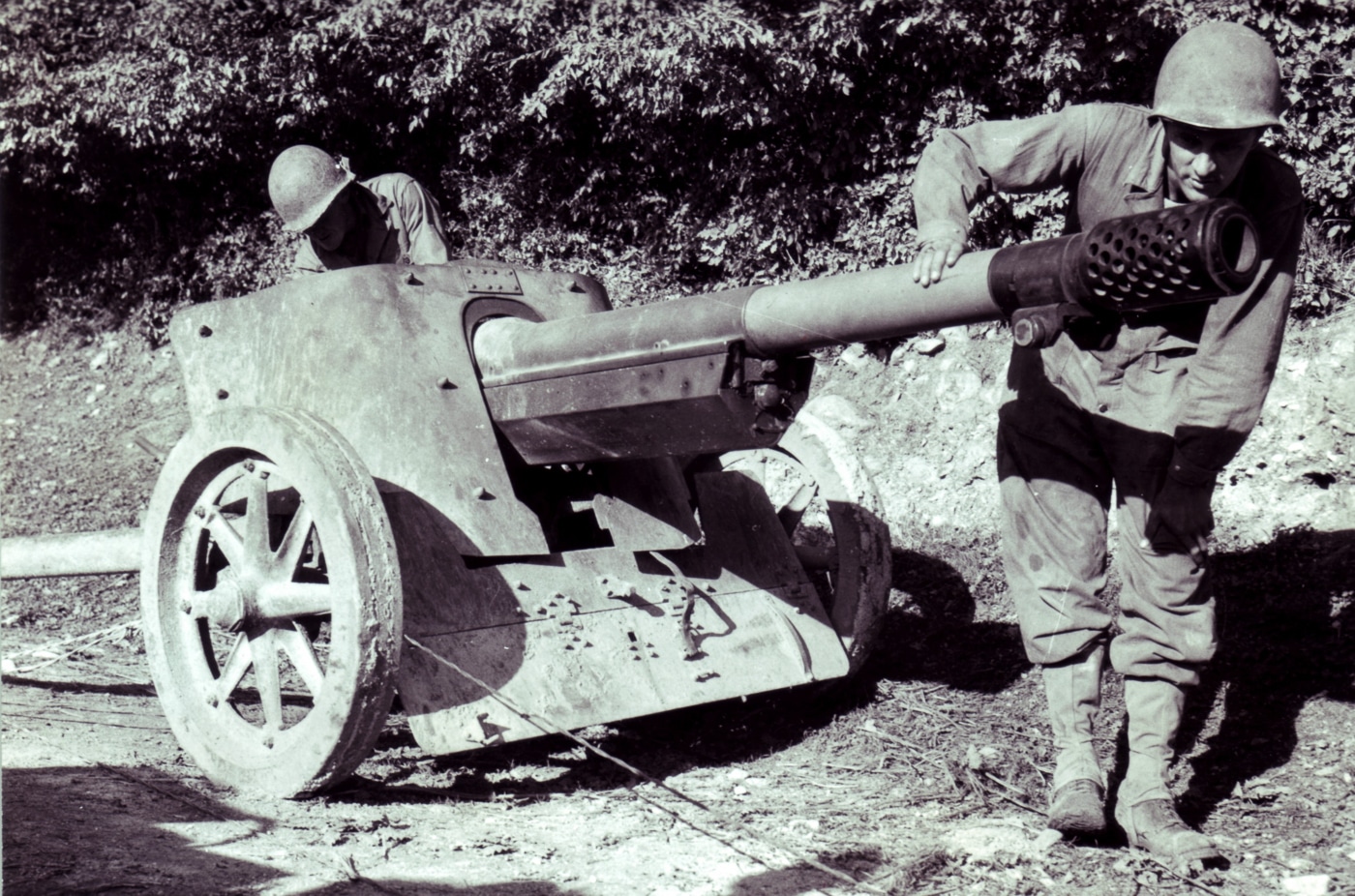
Four strengthening hoops were sweated around the barrel to add strength and reliability when using high powered anti-tank ammunition. A large, “ash can” perforated muzzle brake (developed by Solothurn) was provided to help control recoil of the oversized gun on the relatively small carriage (about 2,200 pounds).
7.5 cm Pak 97/38 Described
The Pak 97/38 used a Nordenfeld screw-type breech, held over from the late-19th century design of the original French mle 1897 75mm gun. The high-pressure, hydro-pneumatic recoil mechanism housed a floating piston with nitrogen in the recuperating cylinder which brought the gun back into battery.

The armored protection consists of the curved shield, made of two sheets of 4mm steel plate, a lower hinged apron of 8mm spaced armor plate, and finally a small shield above the apron that moves with the gun tube in elevation.
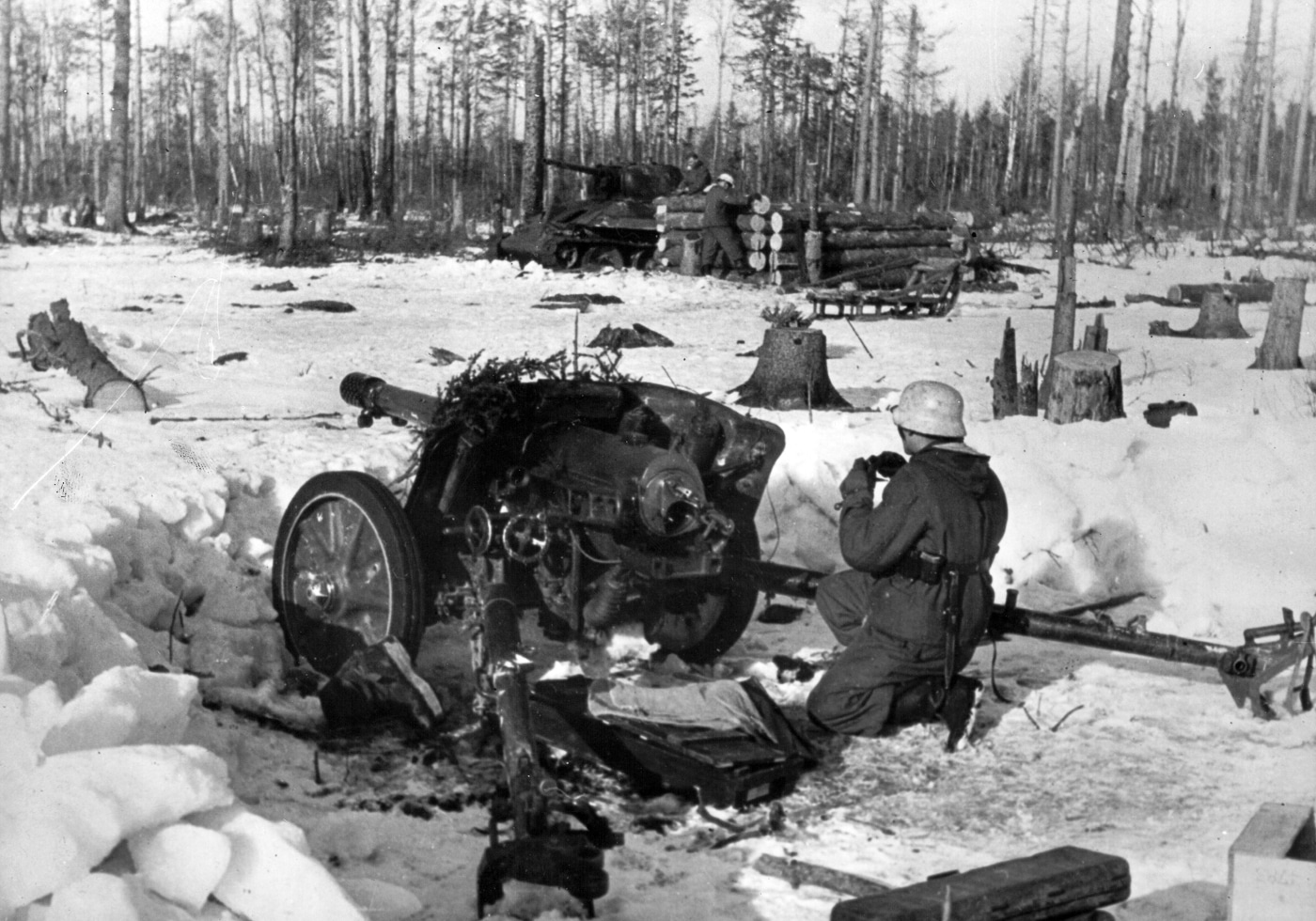
The sighting equipment is the same as that on the 5cm Pak 38, mounted on an arm and bracket that move with the left trunion. An aperture in the gun shield accommodates the sighting equipment. The gun’s overall height is just 3½ feet.
The Pak 38 carriage is lightweight and has split trails made of tubular steel. The spoked wheels are made of compressed steel and are covered with solid rubber tires that are four inches wide. A third wheel was provided to support the rear of the trails during transport and helped the crew manhandle the gun into position.
Quickly into Action
The 7.5 cm Pak 97/38 was an inexpensive lash-up, but it gave many Panzerjagers a fighting chance against Soviet armor. The first Pak 97/38s were rushed to the Eastern Front in the late spring of 1942. In the first days of its combat deployment, the Germans used primarily Polish and French ammunition (particularly the Polish AP rounds). The Polish AP shot penetrated up to 82mm of armor at 500 meters, 66mm at 1,000 meters, and 43mm at 2000 meters.
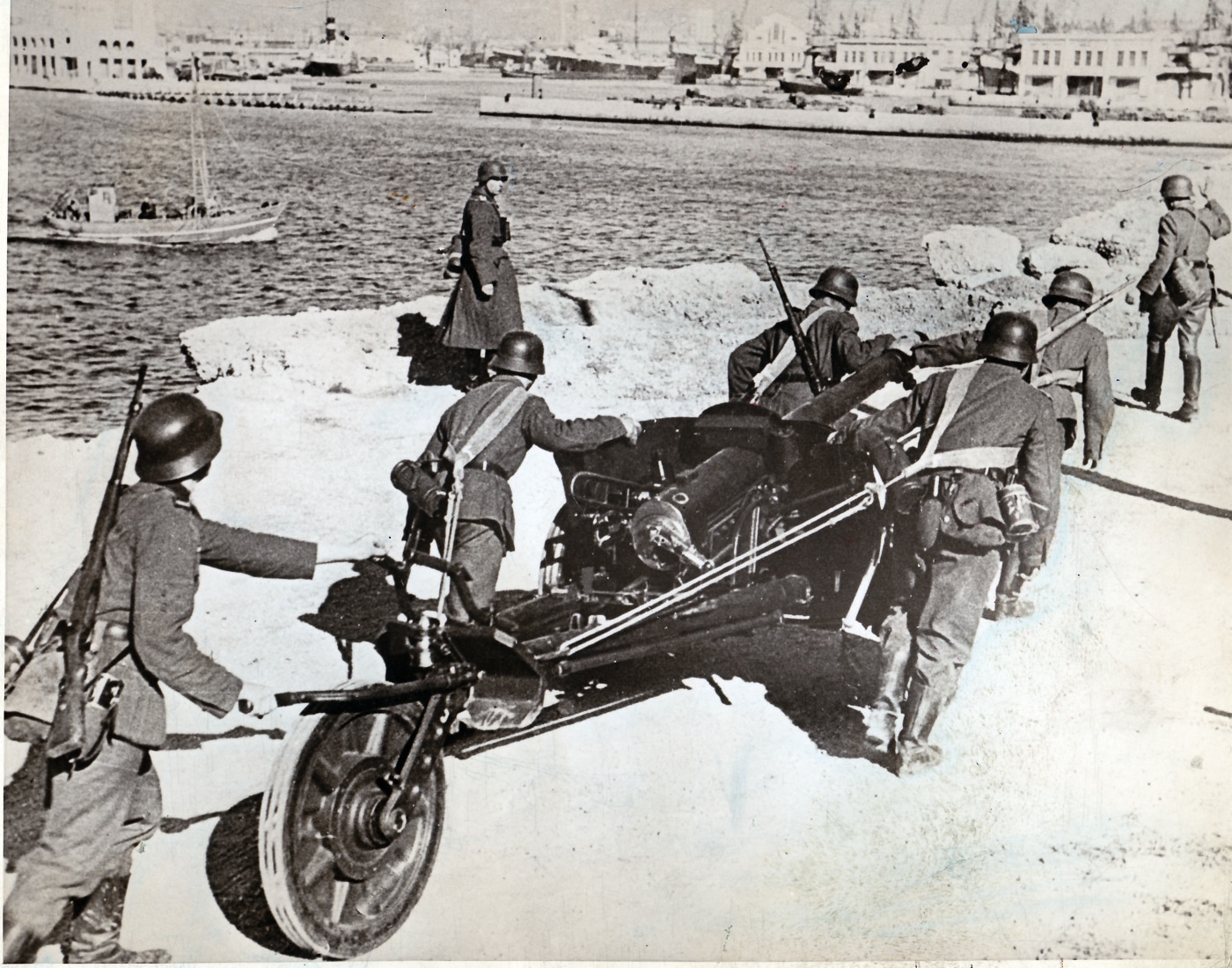
Soon after deployment, the Pak 97/38 crews began to use German-designed hollow-charge (HEAT) ammunition. The 7.5 cm Gr.38/97Hl/A(f) ammunition allowed the Pak 97/38 to penetrate up to 90mm of armor regardless of the range (7.5cm 15/38 HL/A(f)). The angle of the target tank’s armor dictated the HEAT rounds’ ability to penetrate — 90mm at 90 degrees, or 75mm at 60 degrees. The accuracy of the HEAT rounds fell off dramatically after 1,000 meters.
The Pak 97/38 could engage Soviet T-34s up to 800 meters with reasonable success. Shots against the thinner side and rear armor were preferred, but killing shots against the T-34’s frontal armor could be achieved well before the range became suicidal. Before the hollow charge ammunition was deployed, the Pak 97/38’s armor penetration relied on the weight (about 14.5 pounds) of the captured Polish solid AP shot. Any of the lighter Soviet tanks, including the BT series, T-26 infantry tanks, and T-37, T-40, T-60, and T-70 could be penetrated with little difficulty. Later use on the Western Front is not well documented, but the Pak 97/38’s HEAT ammunition could handle the frontal armor on standard Sherman tanks. The 75mm HEAT rounds were used in great numbers, more than 370,000 of the hollow charge rounds were fired in 1943 alone.
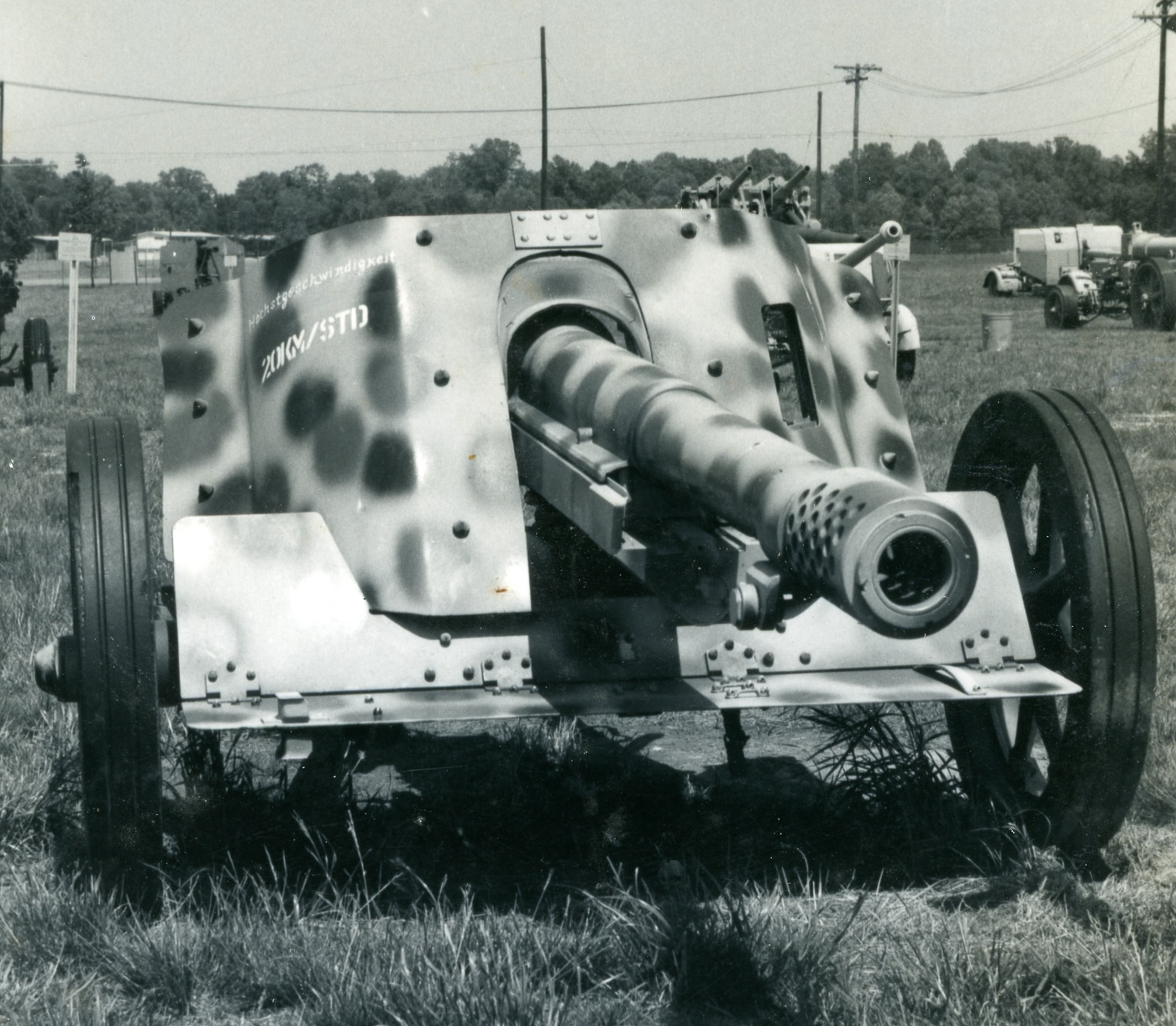
The Pak 97/38s were deployed in two-gun sections within Panzerjager (anti-tank) platoons. Originally classified as heavy anti-tank guns, this was eventually adjusted to the medium anti-tank gun class. By the fall of 1942, approximately 1,600 Pak 97/38s were in service of the 3,712 final total built. Later in the war, about 150 Pak 97/40 guns were constructed — these weapons used the mount and carriage of the 75mm Pak 40 AT gun. At the end of the war, there were still nearly 150 Pak 97/38 guns still in service. The Pak 97/38 was also used by Finland, Hungary, Romania, and Italy — often providing the most powerful anti-tank gun those forces had available.
Mixed Results
Panzerjager crews appreciated the gun’s low silhouette, ease of concealment, and its quickly adjustable traverse and elevation. However, they disliked the significant recoil and muzzle blast from a gun too large for its carriage. Ultimately, this led to higher ammunition consumption to obtain a critical hit as the gun had to be re-sighted after each round. The antique design meant there was no semi-automatic breech, and this kept the rate of fire relatively low.
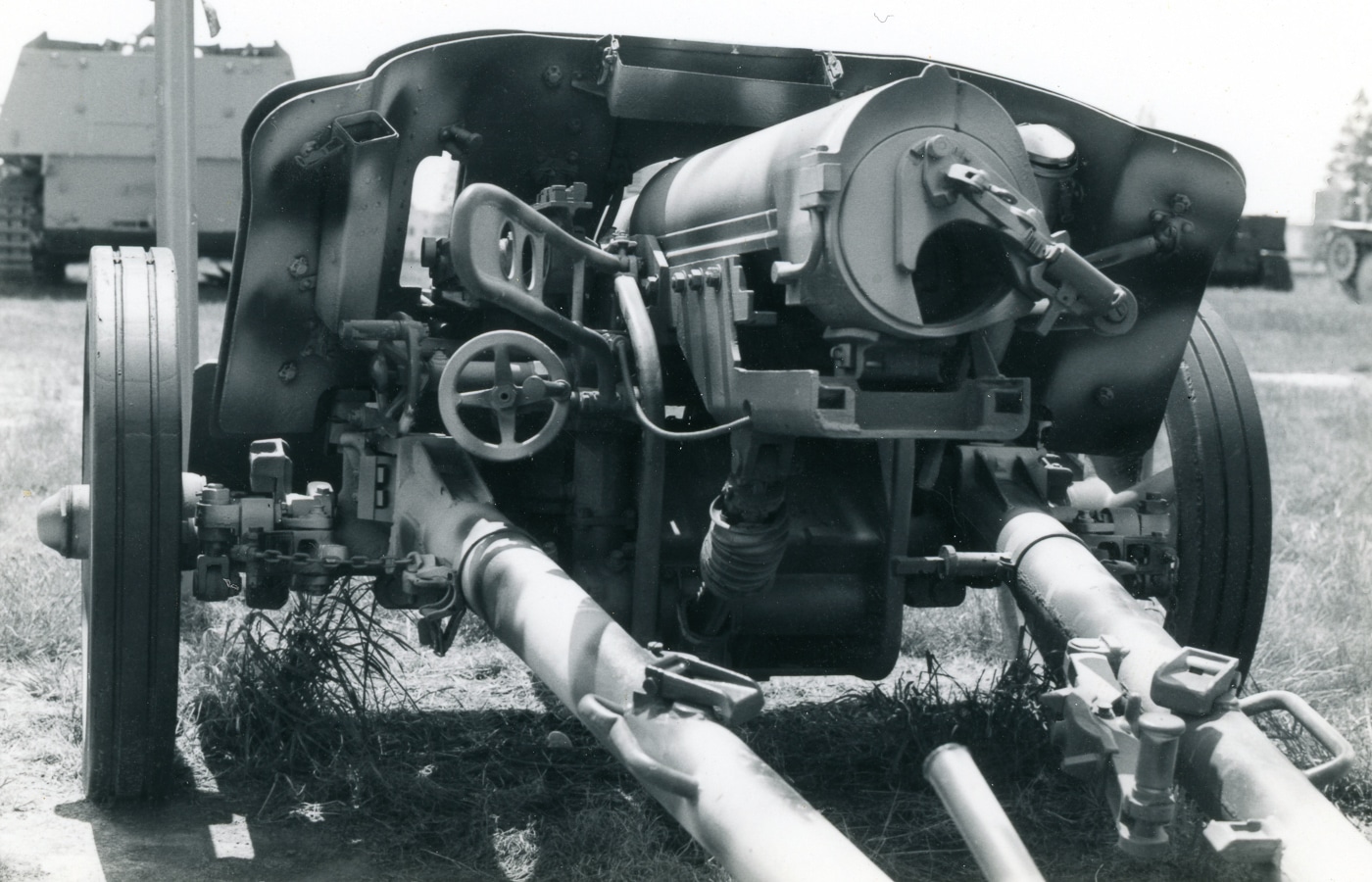
As the 75mm Pak 40 became available in greater numbers, the Pak 97/38 was passed on to infantry anti-tank companies. Despite its many faults, the Pak 97/38 found a home in the infantry, providing German troops with the combination of a reasonably effective anti-tank gun coupled with a proven standard artillery weapon. An additional benefit of the Pak 97/38 came in its ability to serve as a makeshift infantry gun — the 7.5 cm Sprgr.233/1(f) HE/Fragmentation shells were effective against infantry positions and soft-skin vehicles. In this role, the Pak 97/38 soldiered on until the bitter end. Examples of the weapon were found on the Atlantic Wall and in Siegfried Line fortifications.
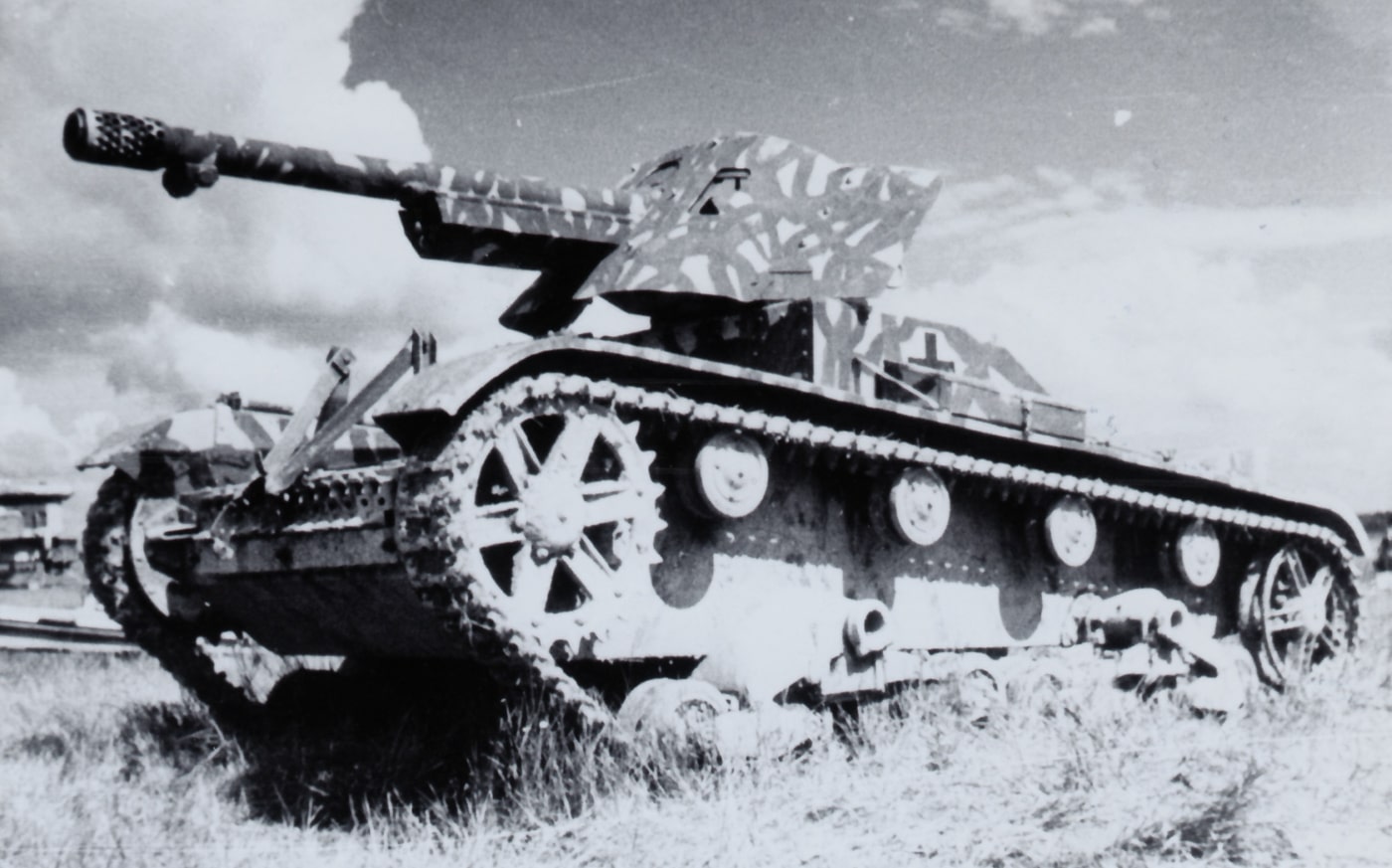
A few makeshift tank destroyers were created using the Pak 97/38 — 10 barrels with shields were mounted on captured Soviet T-26 light tank chassis. The 7.5 cm Pak 97/38(f) auf Pz.740(r) were overloaded and cramped, with little room for ammunition storage. Even so, they offered a measure of mobility and the cobbled-together tank destroyers served with the 563rd Anti-Tank Battalion on the Russian front until early 1944.
Editor’s Note: Be sure to check out The Armory Life Forum, where you can comment about our daily articles, as well as just talk guns and gear. Click the “Go To Forum Thread” link below to jump in!
Read the full article here






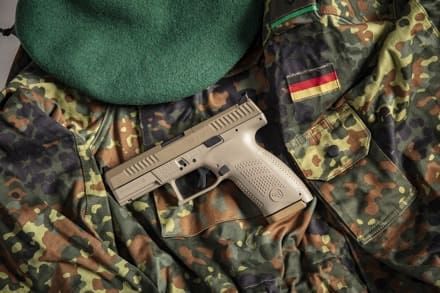

Leave a Reply